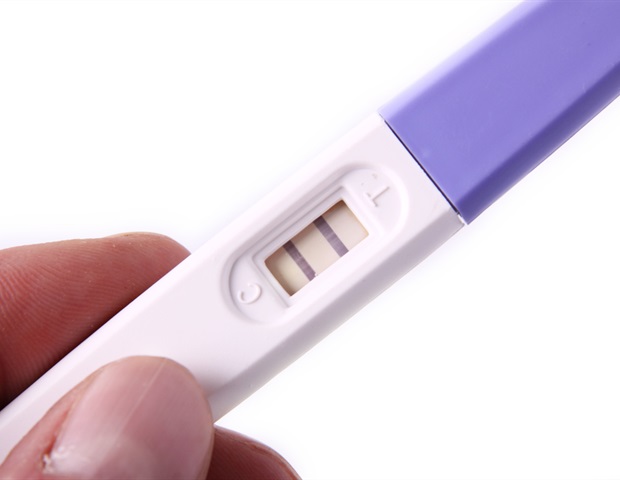

More women are having just one embryo transferred per cycle of fertility treatment to get pregnant, according to research presented at the 39th annual meeting of the European Society of Human Reproduction and Embryology (ESHRE).
Preliminary data from the ESHRE European IVF-monitoring Consortium (EIM) [2] shows that nearly three in five (57.6%) out of all in vitro fertilization (IVF) and intracytoplasmic sperm injection (ICSI) procedures in 2020 in Europe involved the transfer of a single embryo. This compares with a figure of just over half (55.4%) for the previous analysis in 2019.
Around a third (37.6%) of these treatments in 2020 involved the transfer of two embryos, 2.1% involved three, and a tiny minority (0.2%) four or above. The figures for 2019 were 39.9%, 2.6% and 0.2%, respectively.
The reduction in multiple embryo transfers meant that singleton babies accounted for 88.8% of all ART deliveries compared with 87.7% the previous year. A minority were twins (11%) and triplets (0.2%), a drop from 11.9% and 0.3% respectively in 2019.
The number of treatment cycles from 1 January until 31 December 2020 also show a slight drop compared with the year before, according to the preliminary information from 1 326 clinics in 38 European countries.
A total of 843 776 cycles were carried out in 2020 and over one million in 2019. However, the authors say that the dataset is not yet complete, and the number of cycles will be higher by the time the full data will be reported.
The ESHRE EIM report represents the largest data collection on medically assisted reproduction in Europe. Spain, France and Germany were among countries with the highest number of treatment cycles.
Lead author Dr Jesper Smeenk, from the Elisabeth-TweeSteden hospital, in Tilburg (The Netherlands), said: “These preliminary findings show that live births resulting from fertility treatment in Europe continue to rise.
“Campaigns to raise awareness about multiple births have helped protect the health of women and their babies. The continued rise in single embryo transfer means women are less likely to face complications in pregnancy and during birth.
“The result has been that fertility treatments have become safer for mothers and babies without compromising success rates.”
The ESHRE EIM data were provided by national registries, medical associations and scientific organizations.
A total of 843 776 treatment cycles were carried out by 1 326 clinics offering assisted reproductive technology (ART) services in 2020. These fertility centers represented 82% of all clinics registered in the participating countries.
The majority of treatment cycles involved ICSI compared with just IVF alone (315 814 vs 135 803). The fact ICSI has overtaken IVF reflects a trend that has been ongoing since 2002, say the authors.
The number of cycles using frozen embryos was 279 126, which is comparable with 2019. Donated eggs were used in 60 521 treatment cycles, preimplantation genetic testing (PGT) in 47 793, and frozen eggs in 4 375.
A minority of cycles (344) featured in vitro maturation (IVM), which is a relatively new technique that does not require hormone drugs. This is because, after collection, the eggs are matured in the embryology lab, not in a woman’s body.
In addition, 1 209 institutions carried out 199 362 treatment cycles with intrauterine insemination (IUI) where sperm is injected directly into the womb. A total of 29 countries used the partner’s semen for IUI, and 22 used a donor’s (147 711 cycles versus 51 651, respectively).
Fifteen countries carried out a total of 18 270 fertility preservation procedures including egg, semen and ovarian tissue freezing. These techniques, which are often used to help cancer patients become biological parents in future, were carried out on patients both pre- and post-puberty.
Overall, clinical pregnancy rates reported in 2020 for fresh embryo cycles were similar to those observed in 2019. The figures for IVF per aspiration – where a fine needle is used to retrieve eggs from a woman’s follicles – were 27.9% in 2020 versus 28.5% in 2019; and 32.9% in 2020 versus 34.6% in 2019 per embryo transfer. For ICSI, the rates were 24.3% and 32.2% in 2020 versus 26.2% and 33.5% in 2019, respectively, and 50.4% in 2020 versus 50.5% in 2019 for fresh embryo transfers with donated eggs.
This trend was repeated for pregnancy rates using frozen embryos per thawing cycle (34.6% in 2020 versus 35.1% in 2019), and using frozen eggs per thawing cycle (45.3% in 2020 versus 44.8% in 2019).
The authors say in their presentation that the findings are, for now, somewhat compromised by incomplete data returns, notably from the UK and some other smaller countries. On this basis, the authors say the results should be interpreted with caution and conclusions drawn when the complete report is published.
The chair of ESHRE, Professor Carlos Calhaz-Jorge from the Northern Lisbon Hospital Centre and the Hospital de Santa Maria in Lisbon (Portugal), was not involved in this research. He said: “Multiple births are a known risk factor for complications in pregnancy and childbirth, and can affect a child’s development.
“The hope is that this upwards trend in single pregnancies, as highlighted by the EIM data, continues.
“Clinics must always prioritise the safety of patients who undergo fertility treatment, and that of their offspring.”








